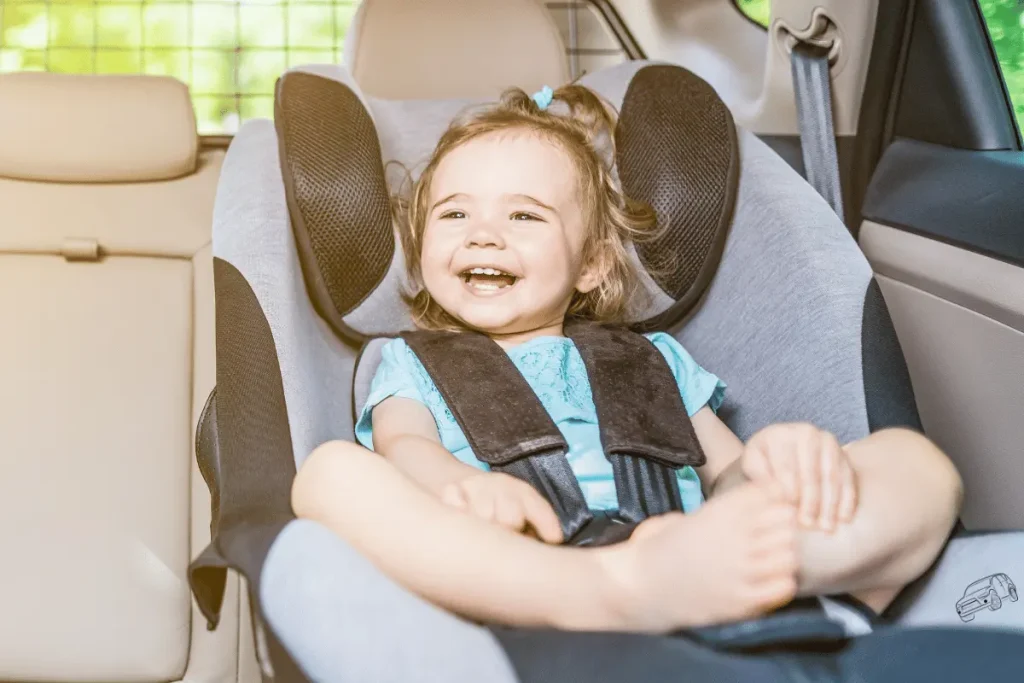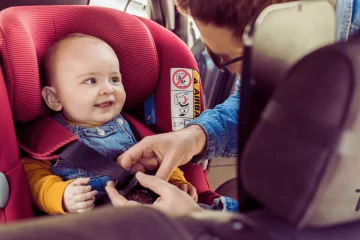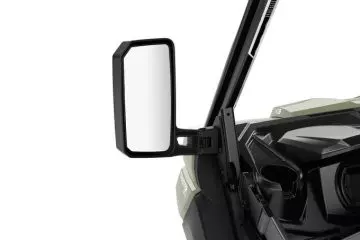This article from the Automotivean website discusses about Safety First Car Seat Manual.
In the realm of child safety, adherence to proper guidelines is paramount when it comes to the use of car seats. The safety of our little ones while on the road is a top priority for all parents and guardians. The safety first car seat manual is essential to ensure this safety. This manual provides a comprehensive guide to understanding the key components of car seats. Also, their installation, proper usage of safety harnesses, compliance with regulations, and troubleshooting common issues. By following the instructions in the Safety First Car seat manual. Parents can provide their children with the highest level of protection during car journeys.
Understanding the Basics- Safety First Car Seat Manual
The Safety First Car Seat manual offers an in-depth exploration of the key components of a car seat. From the harness straps to the latch system. Understanding how each part works is crucial in ensuring the child’s overall safety. Proper usage and installation of the car seat highlighted as significant factors in keeping a child secure in the event of a collision. The manual also outlines common mistakes parents often make when installing or using car seats. Such as overlooking the proper reclining angle or failing to secure the seat tightly enough.
Installation Guide- Safety First Car Seat Manual
Proper car seat installation is non-negotiable when it comes to child safety. The Safety First Car Seat manual provides step-by-step instructions on securely installing a car seat in a vehicle. From aligning the seat with the vehicle’s seat belts to checking for a tight fit. Every detail covered to ensure the child’s car seat properly secured. The manual emphasizes the importance of correct installation in reducing the risk of injury in the event of a crash and offers tips on troubleshooting common installation issues.
Safety Harness Usage- Safety First Car Seat Manual
The safety harness is a critical component of any car seat, as it is the primary means of securing a child in place. The Safety First car seat manual details the proper use of safety harnesses according to car seat safety guidelines. It illustrates how to adjust the harness straps to fit snugly around the child without being too tight or loose. Ensuring the child securely fastened in the car seat can significantly reduce the risk of injury during sudden stops or collisions.
Compliance with Regulations- Safety First Car Seat Manual
Child safety regulations surrounding car seats designed to protect young passengers and reduce the likelihood of injury in car accidents. The Safety First Car Seat manual provides an overview of safety regulations for infant car seats. Including guidelines on weight limits, height requirements, and proper installation techniques. Understanding the legal aspects of child passenger safety is essential for parents to ensure that they comply with the law. And also provide their children with the highest level of protection.
Troubleshooting and FAQs- – Safety First Car Seat Manual
Even with proper guidance from the safety first car seat manual. Parents may encounter issues with their car seat installation or usage. This section addresses common problems that may arise. Such as difficulty adjusting the harness straps or achieving a secure fit within the vehicle. Additionally, a compilation of frequently asked questions on child restraint system manuals helps clarify any uncertainties parents may have about using their car seats correctly.
Last Word about Safety First Car Seat Manual
In conclusion, the Safety First Car Seat manual is a valuable resource for parents and caregivers who are committed to prioritizing child safety on the road. By following the guidelines outlined in the manual. Parents can ensure their children protected to the highest degree while traveling in a vehicle. It is essential to emphasize the importance of following safety regulations and best practices when it comes to using car seats, as the well-being of our children should always be the first consideration. Encouraging parents to utilize the Safety First Car Seat manual as a reference point for all things related to child passenger safety can help to create a safer environment for young passengers everywhere.
FAQ’s about Safety First Car Seat Manual Guidelines
How do you adjust a safety first car seat?
Adjusting a Safety First car seat is crucial to ensure that it fits your child correctly and provides maximum safety. First, locate the adjuster strap on the harness to adjust the car seat. Pull the strap to tighten or loosen the harness as needed, making sure it fits snugly against your child’s body without being too tight. Additionally, you can adjust the recline angle of the car seat to suit your child’s comfort and age. Refer to the Safety First car seat manual for specific instructions on adjusting your car seat model.
How do you put the straps back on a Safety First car seat?
Putting the straps back on a Safety First car seat can be done by following these steps:
- Ensure the harness straps correctly threaded through the designated slots on the seat.
- Make sure the straps not twisted and lie flat against the seat.
- Insert the buckle tongues into the buckle tongues slots until you hear a click sound, indicating they are securely in place.
- Adjust the harness straps to the appropriate height for your child’s shoulder level.
- Double-check that the harness is snug but not too tight against your child’s body.
Refer to the Safety First car seat manual for detailed instructions on properly reassembling the straps on your specific car seat model.
How to convert a Safety 1st car seat to a booster?
Converting a Safety 1st car seat to a booster seat typically involves removing the harness system and adjusting the seat to accommodate an older child. The exact conversion process may vary depending on the model of the car seat. So it’s essential to consult the safety first car seat manual for detailed instructions specific to your seat. To convert a Safety 1st car seat to a booster seat, you will likely need to remove the harness straps, adjust the headrest and backrest height, and ensure that the seat belt fits properly across your child’s lap and shoulder. Follow the manufacturer’s guidelines carefully to perform the conversion correctly and ensure your child’s safety.
How long do Safety 1st car seats last?
Safety 1st car seats typically have an expiration date that varies depending on the specific model and manufacturing date. It is essential to check the safety first car seat manual or the labels on the seat itself to determine the expiration date of your particular car seat. On average, most car seats have a lifespan of around six to ten years from the date of manufacture. It’s crucial to replace the car seat once it expires, as the materials may degrade over time, compromising the seat’s effectiveness in protecting your child in the event of an accident.
Is Safety 1st a good brand?
Safety 1st is a well-known and reputable brand in the child safety industry, offering a range of products designed to keep children safe in various settings, including car seats, baby gates, and more. Safety 1st car seats are known for their quality construction, innovative safety features, and commitment to meeting safety regulations and standards. Many parents trust Safety 1st products to provide reliable protection for their children while traveling in vehicles. However, individual experiences may vary, and choosing a car seat that fits your child’s needs and safety requirements is essential.
Can I use an expired car seat?
Using an expired car seat is not recommended, as the materials and components of the seat may degrade over time, potentially compromising its ability to protect your child in the event of a crash. The manufacturer determines the expiration date of a car seat based on factors such as material wear, safety regulations, and potential changes in safety standards over time. Replacing an expired car seat with a new, up-to-date model is advisable to ensure your child’s safety. Additionally, using an expired car seat may void any warranties or insurance coverage in case of an accident. It’s crucial to prioritize your child’s safety by following the manufacturer’s guidelines and replacing car seats when they expire.




